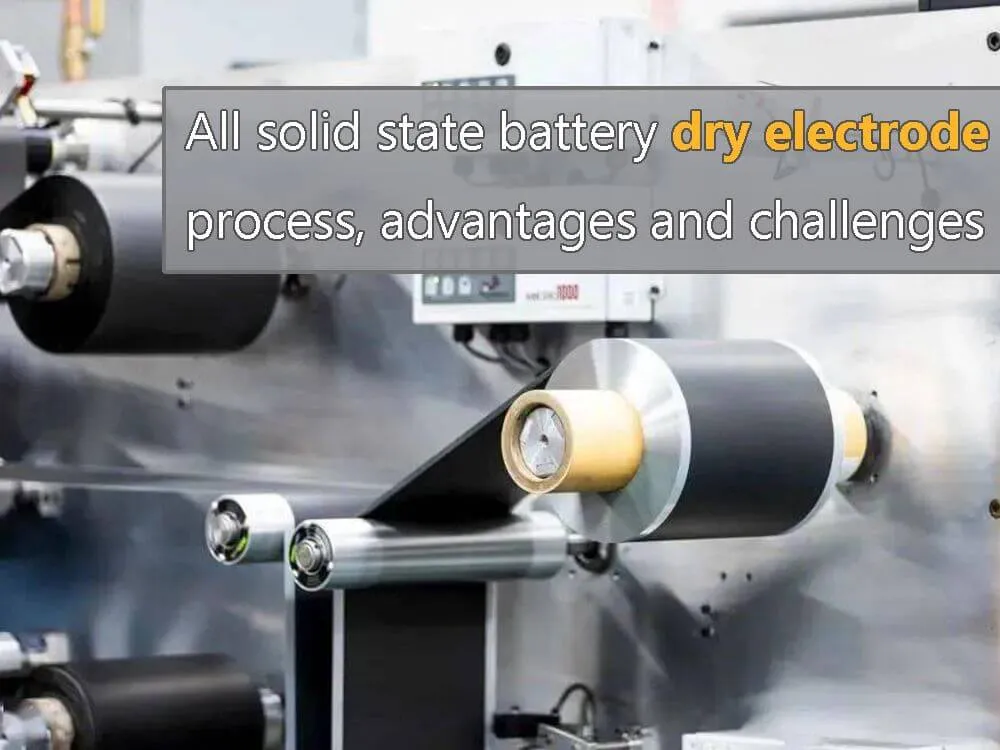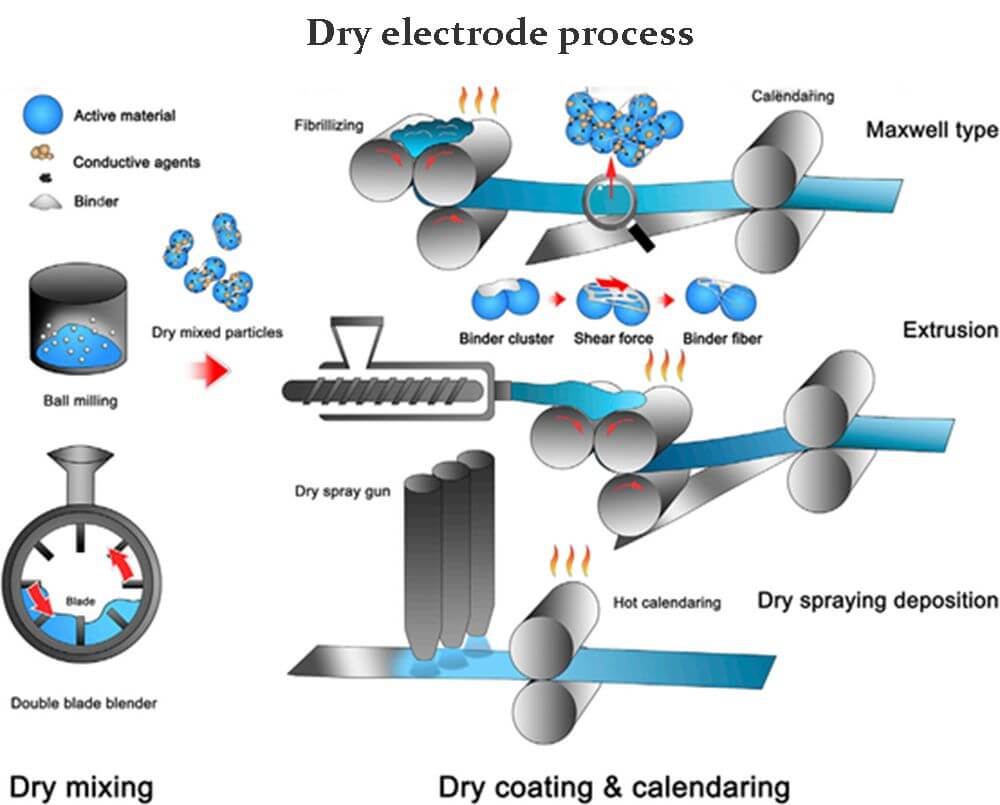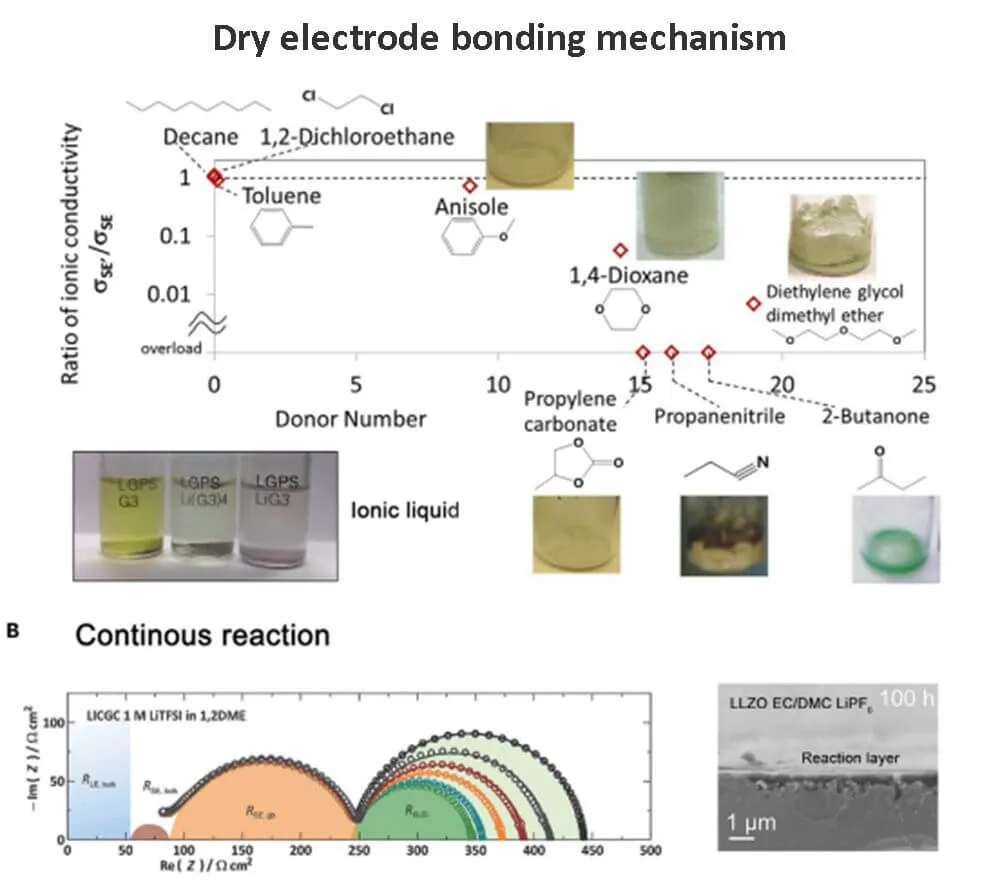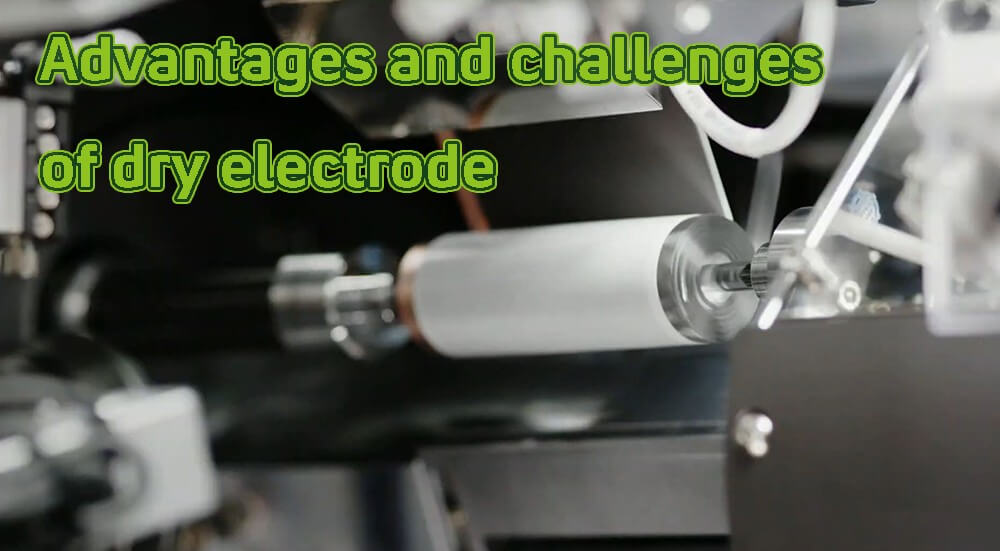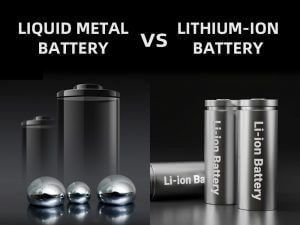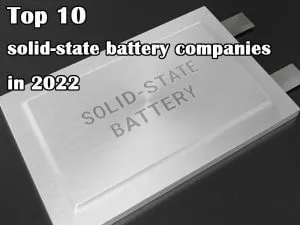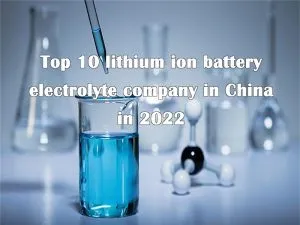All solid state battery dry electrode process, advantages and challenges
High energy density and high safety are the biggest features of solid state battery. The industrialization of all solid state batteries is mainly affected by solid state electrolytes, interface problems, and electrode processing.

If the energy density is to exceed 400Wh/kg, under the existing chemical system, the traditional liquid battery electrode processing technology is difficult to meet the corresponding thick electrode processing requirements due to brittleness and solvent sensitivity.
Given the success of dry electrode in the supercapacitor industry in the past, research and engineering developers expect to introduce this technology into battery electrode fabrication. The main innovation of dry electrode is to directly prepare electrode film from solid particle powder, eliminating multiple manufacturing links.
Dry electrode technology can significantly simplify the manufacturing process, reconstruct electrode microstructure, and improve material compatibility. This paper mainly focuses on the application prospects of dry electrodes in all solid state batteries.
Dry electrode process
Dry mixing
The main method is to use mechanical and physical methods to mix the active materials, conductive agents, binders, etc. uniformly, and avoid agglomeration (prevent uniform mixing) during the dry mixing process. The more advanced technology at present is to use double-blade grinding or advanced gas-assisted mixing technology, both of which help to mix the particles evenly and avoid excessive agglomeration. Dry mixing is a key technology in the manufacture of solid-state batteries, which determines the quality and production efficiency of battery electrodes.
Dry coating
There are several main categories, the first Maxwell dry electrode. The related patents in the layout include dry blending, dry fibrillation, dry feeding, dry compaction/calendering and bonding, which are processes that are compatible with roll to roll production lines. During the mixing process, the mixture is formed into a dough mixture by shearing the binder, and then the dough mixture is dry fibrillated, and then hot rolled/calendered to form a film.
In the face of high binder requirements, Maxwell used PTFE with a molecular weight of 106 – 107 g/mol, a processing temperature of 80 °C, and an additional calendering process to control the thickness of the electrode and effectively reduce the porosity. The second is dry mixing spraying. After dry mixing, the mixture is made into flowing particles, and then the mixed particles are sprayed on the current collector to form a thin film.
It is ideal to use electrostatic spray technology, which helps to improve adhesion and manufacturing efficiency. In addition, adhesion can be increased by UV curing through the use of special adhesives. The biggest difficulty with dry spraying is the difficulty in controlling the loading, thickness and uniformity. The third, hot pressing and melt extrusion, is used in the fabrication of solid polymer electrolyte (SPE) all solid state batteries.
The third one is 3D printing. Electrodes based on thermoplastic polymer SSE can be manufactured by 3D printing technology, but for inorganic materials, it is basically immature at present, and the commercialization prospects are uncertain. At present, Maxwell’s dry electrode process is the most commercially valuable.
Dry electrode bonding mechanism
The microstructure and bonding mechanism of dry electrode are different from those of conventional liquid batteries. The microstructure of the electrode will be affected by the distribution of the binder. In addition, the type and distribution of the binder will also affect the strength of the electrode and the battery performance.
This distribution is greatly affected by the surface energy of the solid particles. Studies have shown that PTFE is compatible with most cathode and anode materials, while PVDF has poor compatibility with solid electrolytes such as LLZO. At present, the most widely used binder in dry electrode is PTFE. Compared with oxide solid electrolytes, sulfide electrolytes can be more easily contacted with active materials.
Advantages and challenges of dry electrode
Advantages of dry electrode
The main advantages of dry electrode are:
● First, the cost advantage. According to laboratory statistics, spraying, drying and solvents in the electrode manufacturing process account for more than 48% of the electrode manufacturing cost, considering the total material cost and battery manufacturing process.
Then the entire electrode manufacturing, coating, drying and solvent recovery steps account for 19.56% of the total cost, especially drying and solvent recovery not only require increased investment in solvent recovery equipment but also have huge energy consumption. The use of dry electrodes can effectively reduce the cost of electrode manufacturing, which is estimated to be reduced by about 10% to 15%.
● Second, improving the performance of the electrode, reducing the porosity of the electrode and effectively increasing the thickness of the electrode, thereby increasing the energy density of the battery, increasing the strength of the electrode, and improving the rate performance of the electrode by reducing inactive components.
Challenges of dry electrode
The main challenges of dry electrode are:
● First, the mechanism of dry electrode binders in different processes has not been fully studied, and the research on binder screening has been accelerated. Different processes should be fully studied, especially the compatibility of different binders with different materials should be fully demonstrated.
● Second, the changes of dry electrode during long-term cycling have not been fully studied. The evolution of electrodes prepared by dry electrode during cycling should be fully understood.
● Third, the scale production efficiency of dry electrode needs to be discussed. At present, the uniformity and film formation of dry electrode in large batches still need continuous improvement.
Conclusion
In conclusion, the dry electrode fabrication process is suitable for the fabrication of all solid state battery electrodes, which can avoid problems such as the compatibility between solvents and solid state electrolytes in the conventional battery electrode fabrication process. However, at this stage, dry electrode cannot fully meet the requirements of battery electrode preparation.
The application in the field of all solid state batteries is affected by the current industrial scale of all solid state batteries, and the feasibility of the technology cannot be fully verified. For dry electrode, it depends on the development of the all solid state battery industry, and it will take some time for the industry to explode.

